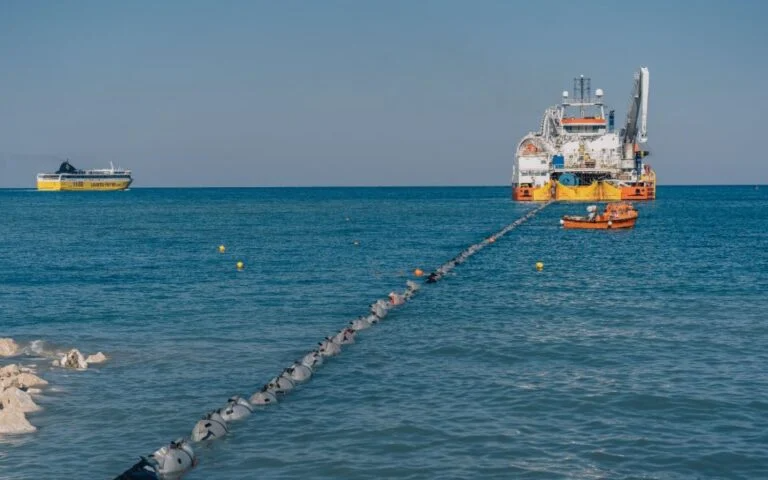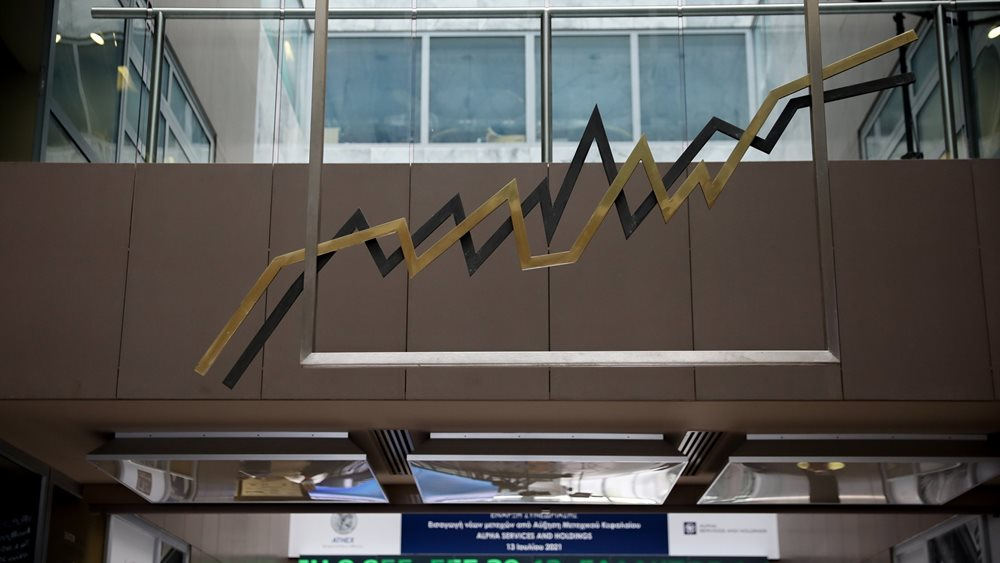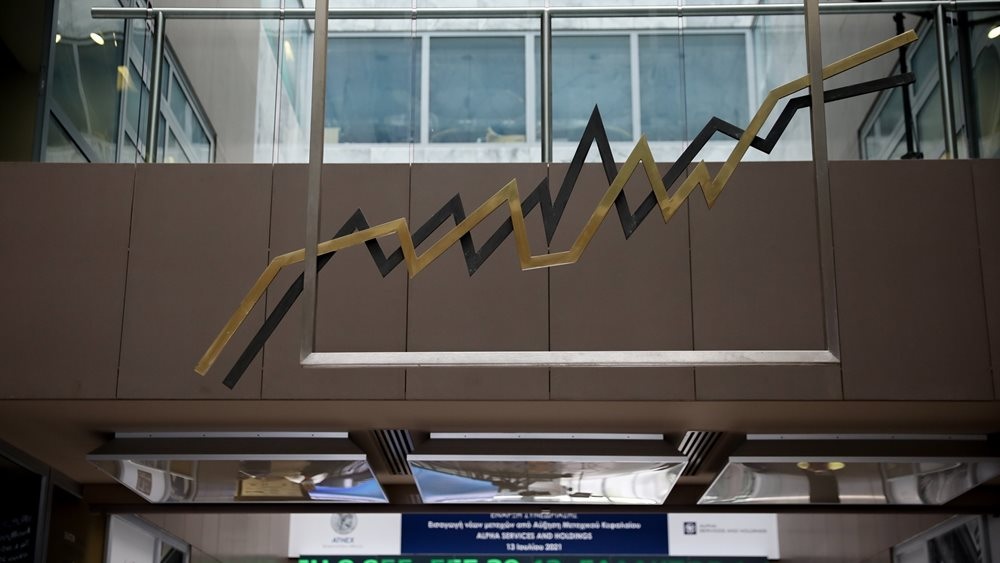
With a time horizon of spring 2025, at the start of the tourist season, the electrical interconnection system between Crete and Attica, the construction of which was completed last week, is expected to come into operation.
The island interconnections have multiple positive benefits for consumers (cost reduction), the national economy (reduction of fuel imports), and the environment (reduction of emissions and increased use of renewable energy sources). These are largely valid for the interconnection of Crete due to the size of the island and the volume of electricity demand, which increases in summer with tourist traffic.
Once the interconnection is in operation, the power plants in Crete, which run on liquid fuels, will be switched off, adding to the bill of the Public Utility Services, which consumers finance through their electricity bills. The benefit from the reduction of the PSOs is estimated at EUR 300 million per year. At the same time, it will avoid the emission of 500,000 tonnes of carbon dioxide per year produced by Cretan plants and will allow further development of renewable energy plants in Crete.
The interconnection between Crete and Attica, with a budget of more than 1.1 billion euros and a capacity of 1000 megawatts, began in 2020 with the signing of contracts with the contractors, while in the meantime the small interconnection (Chania-Peloponnese) was completed and put into operation in 2021, which contributed decisively to securing the island's electricity supply over the last three years.
According to the data of IPTO:
The Crete-Attica electricity interconnection is the largest and most complex electricity transmission project in Greece, with a budget of more than 1.1 billion Euros, using cutting-edge DC technology of bipolar design and nominal power (2x500 MW) as well as a voltage source converter (VSC) at the conversion stations. Its particular technical characteristics place it among the world's leading interconnection projects, as it is among the 3 deepest interconnections in the world and at the top in terms of power transfer capacity in an island system (1000 MW) together with the Sardinia interconnection.
The Crete-Attica Interconnection is the second phase of the interconnection of the Crete System with the Continental System, and in combination with the AC interconnection, it will remove the electrical isolation of the island and ensure its energy security. At the same time, through the definitive cessation of conventional generation units, a significant reduction in CO2 emissions of more than 500,000 metric tons per year will be achieved, while a significant economic benefit will accrue to consumers through the reduction of WEEE.
Finally, the strengthening of the electricity grid will contribute to the further economic development of Crete (new jobs, industry, RES).






